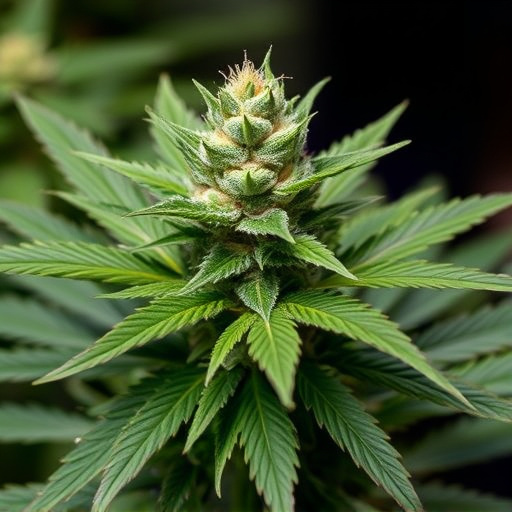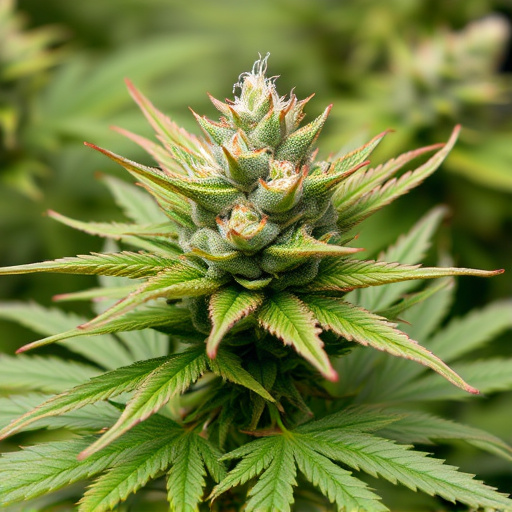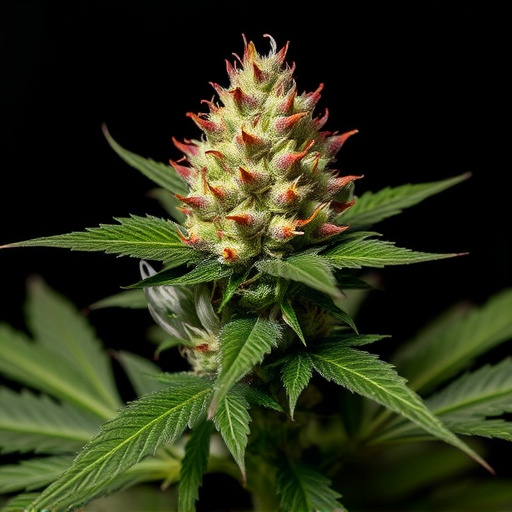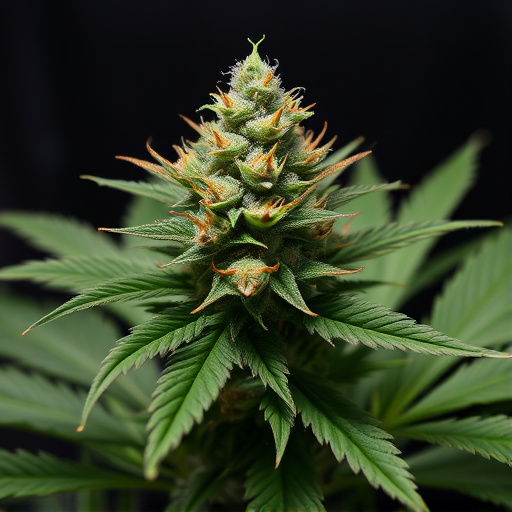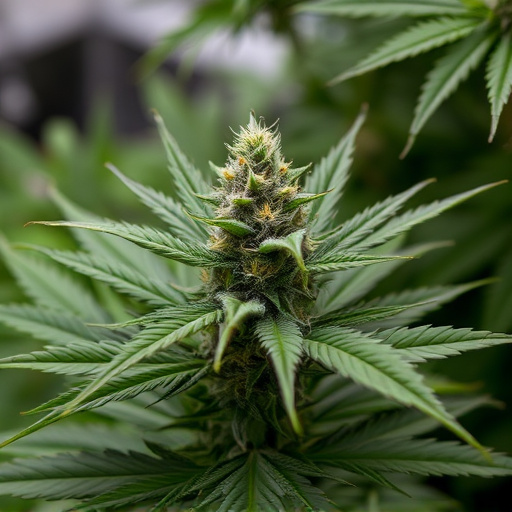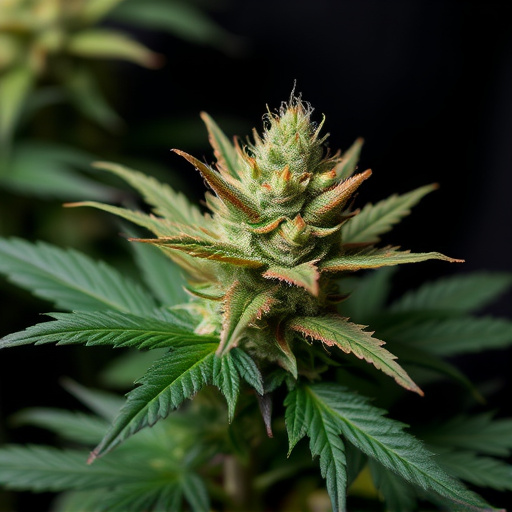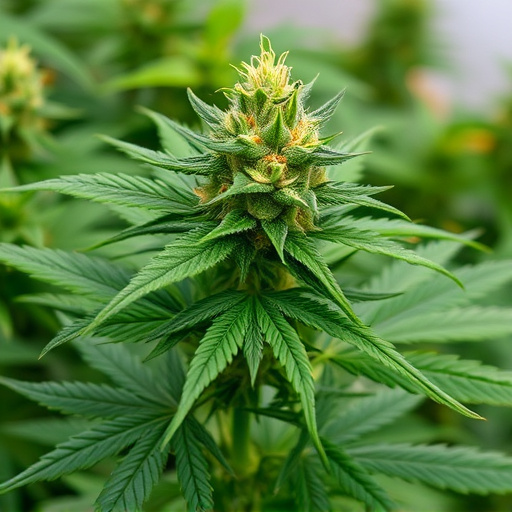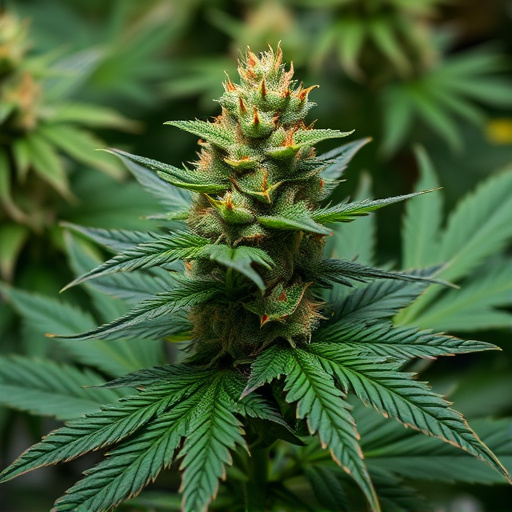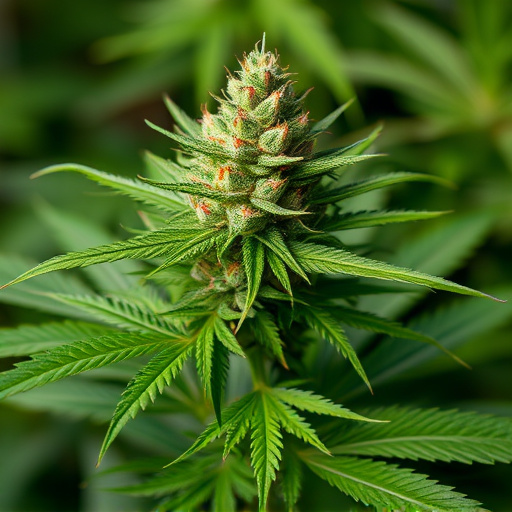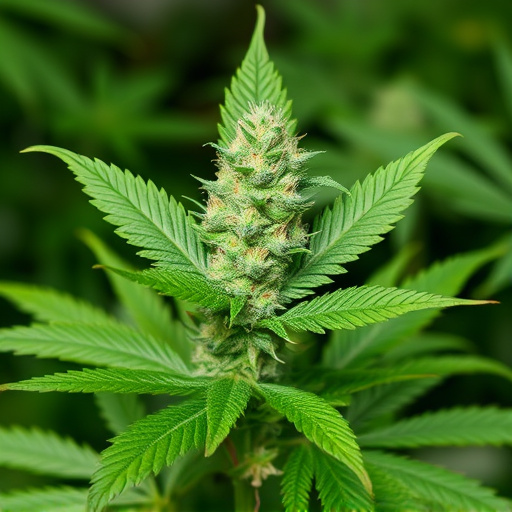The ideal temperature for cannabis strains used to treat PTSD significantly impacts the absorption and effectiveness of key compounds like THC and CBD. Cooler temperatures (50-60°F/10-15.5°C) enhance THC potency, while higher temperatures (above 150°F/65.5°C) improve CBD absorption. Optimal absorption ranges are 157-203°F (70-95°C) for THC and 149-167°F (65-75°C) for CBD. Consumption methods, such as vaping or edibles, also affect absorption; understanding these factors is crucial for tailoring cannabis treatment to manage PTSD symptoms effectively.
Temperature plays a crucial role in how our body absorbs THC and CBD from cannabis, two compounds known for their therapeutic effects. This article explores the intricate relationship between temperature and cannabinoid absorption, delving into specific impacts on compounds like THC and CBD. We also examine how this knowledge influences the choice of cannabis strains for PTSD treatment, highlighting key considerations related to temperature-based absorption.
- Understanding Temperature's Impact on Cannabinoid Absorption
- The Role of THC and CBD at Different Temperatures
- Cannabis Strains for PTSD: Considerations in Temperature-Based Absorption
Understanding Temperature's Impact on Cannabinoid Absorption

The absorption of cannabinoids, such as THC and CBD, is heavily influenced by temperature. This is particularly relevant when considering cannabis strains for PTSD treatment, where optimal delivery methods can enhance therapeutic effects while minimizing side effects. At lower temperatures, THC and CBD tend to be more lipophilic, meaning they dissolve better in fats and lipids present in the body, leading to increased bioavailability. This makes sublingual administration, like using oil or tinctures, an effective method for cannabis strains for PTSD at cooler temperatures.
On the other hand, higher temperatures can alter the chemical structure of these compounds, potentially reducing their potency and altering their effects. For example, THC is known to degrade when exposed to heat, leading to a loss of therapeutic benefits. In the context of cannabis strains for PTSD, this highlights the importance of controlled temperature during extraction, preparation, and administration to ensure maximum efficacy.
The Role of THC and CBD at Different Temperatures

The absorption and effects of cannabinoids like THC (tetrahydrocannabinol) and CBD (cannabidiol) are significantly influenced by temperature. In cannabis strains for PTSD, understanding this relationship is crucial to optimizing their therapeutic potential. At lower temperatures, around 50-60°F (10-15.5°C), THC becomes more potent as it retains its aromatic compounds, offering a more intense psychological effect. This is why many prefer consuming cannabis at cooler temperatures, especially for specific conditions like PTSD, where the goal is often to induce relaxation and reduce anxiety without overwhelming sensory experiences.
Conversely, CBD absorption is enhanced at higher temperatures, typically above 150°F (65.5°C). Heating allows for better bioavailability as it alters the molecular structure of CBD, making it easier for the body to absorb and utilize. For cannabis strains used in PTSD treatment, this means that heating or vaping may be preferable methods of consumption to ensure effective delivery of CBD’s anxiolytic (anxiety-reducing) properties. Different temperature ranges thus play a key role in tailoring the desired effects, whether seeking intense THC-mediated relaxation or optimal CBD absorption for managing symptoms associated with PTSD.
Cannabis Strains for PTSD: Considerations in Temperature-Based Absorption
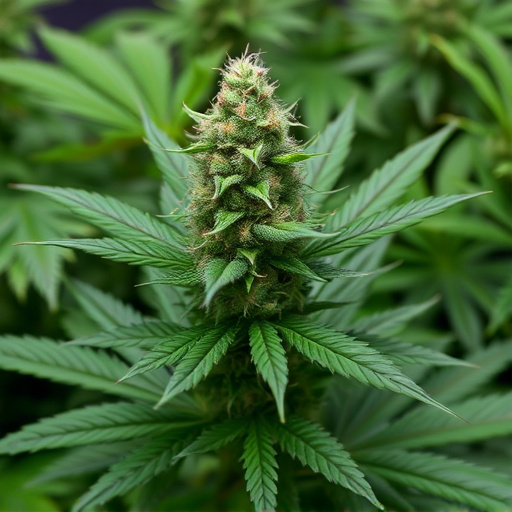
When considering cannabis strains for PTSD, understanding temperature-based absorption is crucial. The way THC (tetrahydrocannabinol) and CBD (cannabidiol) are absorbed can vary significantly based on temperature. Research shows that optimal absorption of these compounds occurs within specific temperature ranges. For example, THC becomes more bioavailable when consumed at temperatures around 157-203°F (70-95°C), while CBD is best absorbed at slightly lower temperatures, around 149-167°F (65-75°C).
When selecting cannabis strains for PTSD treatment, it’s important to consider these temperature sensitivities. Different strains may have varying levels of THC and CBD, and the method of consumption—vaping, edibles, or tinctures—can also affect absorption. Vaping offers fast action due to the low temperatures involved, making it a popular choice for those seeking quick relief from PTSD symptoms. Edibles, on the other hand, provide longer-lasting effects but require higher internal temperatures for optimal CBD absorption. Choosing the right strain and consumption method based on these temperature considerations can help maximize the therapeutic benefits of cannabis for PTSD management.
In understanding how temperature influences the absorption of THC and CBD, especially within the context of cannabis strains tailored for PTSD, it becomes evident that controlled consumption temperatures significantly enhance efficacy. This knowledge empowers users to optimize their experiences and potentially achieve better therapeutic outcomes when utilizing specific cannabis strains designed for PTSD management. By tailoring their consumption methods, individuals can ensure the full potential of these compounds is realized, making temperature-aware consumption a game-changer in maximizing the benefits of cannabis for PTSD relief.

